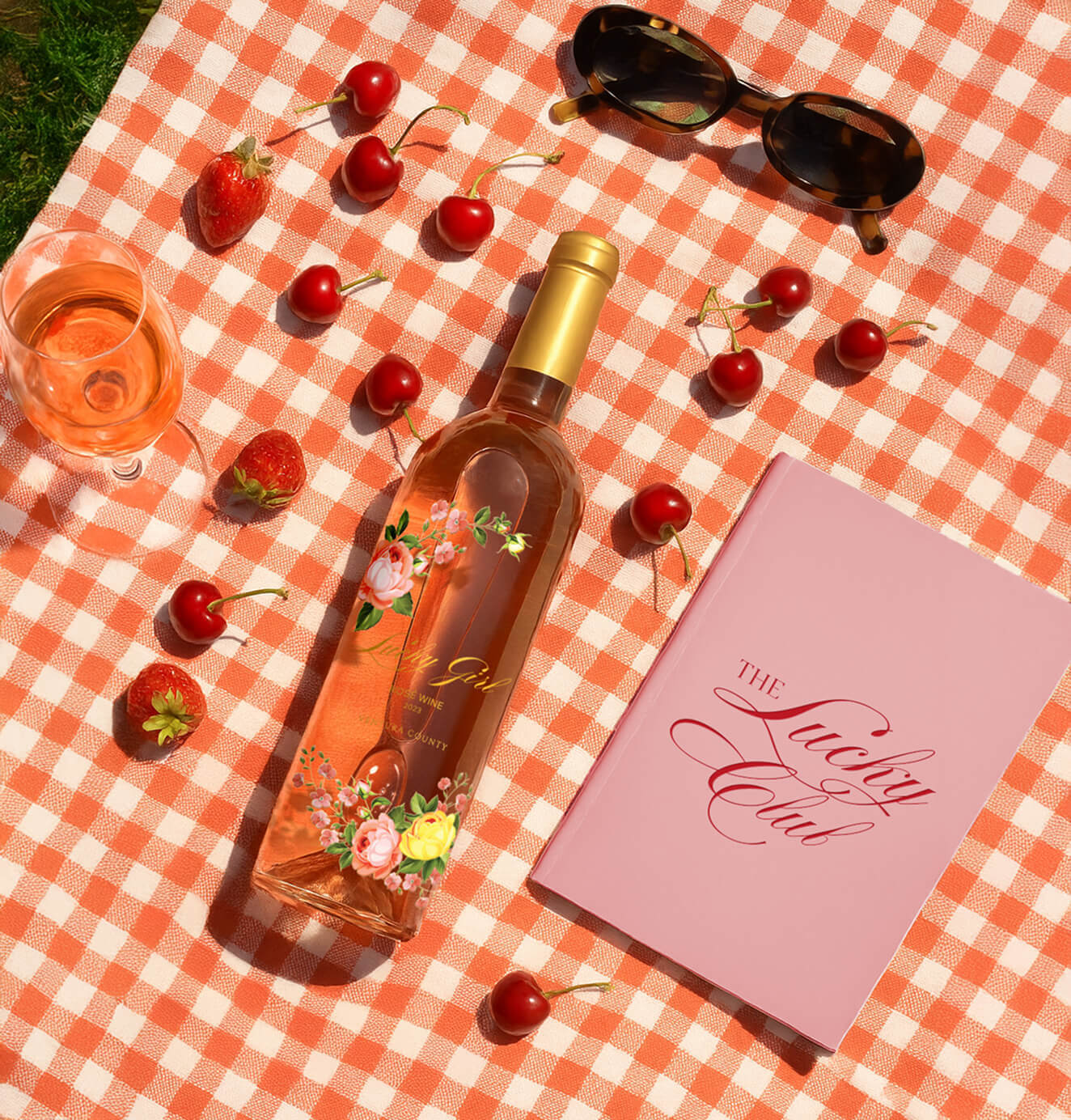E-commerce on Webflow for Boutique Brands: Design + Conversion Best Practices
10/27/2025
Web Design / E-Commerce
Learn how boutique brands are using Webflow to create design-led e-commerce stores that convert—combining creativity, performance, and storytelling to drive growth.

In the world of online retail, boutique brands need more than just a functional storefront—they need a platform that captures their personality, craft, and story.



Why Boutique Brands Are Choosing Webflow E-commerce



Boutique brands thrive on individuality and their online stores should reflect that. In 2026, more independent retailers, fashion labels, and artisan makers are moving their online shops to Webflow e-commerce, attracted by its creative flexibility, speed, and conversion-friendly performance.
Unlike cookie-cutter Shopify templates or slow WordPress builds, Webflow gives boutique brands total control over the design, experience, and storytelling of their store helping them stand out in a crowded digital marketplace.
What Makes Boutique E-commerce Different
Experience Over Volume
Boutique e-commerce isn’t about mass sales; it’s about emotional connection. Customers of niche fashion houses, wellness brands, and handmade product lines are drawn to authenticity, craftsmanship, and story.
Your e-commerce site must reflect that it’s not just a shop; it’s an extension of your brand ethos.
The Power of Design-Led Selling
A boutique brand’s biggest advantage is aesthetics. Every touchpoint typography, packaging, and photography communicates premium value. Webflow’s design freedom enables brands to build immersive, editorial-style experiences that can command higher prices and stronger loyalty.
Why Webflow Is Perfect for Boutique E-commerce
Total Design Freedom
Webflow allows you to build a fully custom storefront without template limitations. You can tell your story visually with full creative control over grids, motion, and layouts. For boutique brands competing on differentiation, this is crucial.
Built-In SEO and Performance
Webflow sites load fast and rank well out of the box, thanks to clean HTML, automatic image optimization, and CDN hosting. Boutique brands benefit from faster load times, improved mobile experience, and stronger organic reach essential when you rely on storytelling-driven SEO.
CMS-Driven Product Management
Webflow’s CMS (Content Management System) lets you manage your product catalog, blog, and collections dynamically. Adding new lookbooks, seasonal drops, or brand updates takes minutes, no plugins or developer bottlenecks required.
Design Best Practices for Boutique Webflow Stores












Hero Section: First Impressions That Convert
Your homepage hero is your digital storefront window. It should combine visual emotion (photography or video) with clarity (headline + CTA).
A good formula:
- Bold tagline that defines your brand (“Ethically Crafted Jewelry for Modern Women”)
- Supporting text that builds trust (“Handmade in California · Free Shipping Over $50”)
- Clear CTA (“Shop the Collection”)
Keep it clean, uncluttered, and visually balanced. The goal is to engage instantly.
Product Photography and Visual Identity
High-quality visuals are non-negotiable for boutique brands. Invest in consistent, natural-light photography that aligns with your aesthetic.
Lifestyle imagery (products in context) builds aspiration, while detail shots reinforce authenticity. Webflow’s CMS allows easy scaling; every image automatically adapts to device size and resolution.
Typography and Layout Harmony
Typography carries brand personality. Choose typefaces that reflect your niche minimal serif fonts for heritage labels, or bold sans-serifs for modern wellness brands.
Use whitespace strategically. Boutique sites that “breathe” feel more luxurious, allowing users to focus on the products.
Mobile-First Experience
Over 70% of boutique purchases now happen on mobile. Webflow’s responsive design tools make it simple to fine-tune layouts, ensuring every page from homepage to checkout feels effortless on any device.
Conversion Optimization Strategies
Frictionless Checkout Flows
Boutique e-commerce succeeds when checkout feels seamless. Keep forms short, avoid account creation barriers, and use familiar payment icons (Apple Pay, PayPal). Webflow’s checkout customization options let you design a flow that feels on-brand but friction-free.
Trust and Transparency Elements
Luxury and boutique buyers expect transparency. Include clear policies, ethical sourcing statements, and visible customer reviews. This builds confidence and reduces hesitation before purchase.
Smart Product Page Design
Each product page should tell a micro-story: the inspiration behind the piece, the materials used, and the brand philosophy. Use sections for “Why You’ll Love It” or “Behind the Design” to create connections not just product specs.
On-Page CTAs and Micro-Interactions
Subtle animations hover states, smooth scrolling, parallax movement create delight without distraction. Use micro-interactions to guide the buyer, such as cart confirmations or animated add-to-cart buttons.
Want to learn more about Website Design, Development and E-commerce? Keep reading!
If you need help with your company’s website and development, contact us for a free custom quote.
Integrating Apps and Tools in Webflow E-commerce

Inventory and Fulfillment Tools
Webflow integrates with systems like Shopify, Printful, or Shippo for inventory and fulfillment. Through tools like Zapier or Make, you can automatically sync stock levels, orders, and tracking updates.
Email and CRM Integrations
Connect Webflow forms to Klaviyo, Mailchimp, or HubSpot for personalized email marketing. Boutique brands thrive on relationship-building post-purchase flows, VIP newsletters, and product launch sequences increase lifetime value.
Analytics and Personalization
Pair Webflow with Google Analytics 4 and Hotjar to track user journeys. Use conditional visibility and CMS filters to show personalized recommendations (e.g., “You may also like” or “Recently viewed”).
Content + Commerce: Blending Brand and Shop
Editorial Design and Brand Storytelling
The best boutique e-commerce experiences feel like a magazine rich with emotion and narrative. Use storytelling sections (“Our Journey,” “The Process”) to connect visitors to your purpose and product craftsmanship.
Blog and Lookbook CMS
A blog or lookbook powered by Webflow CMS can do double duty: boost SEO and deepen engagement. Feature product styling guides, seasonal releases, or maker interviews. Each piece builds both traffic and trust.
Common Pitfalls to Avoid
- Overcomplicated Animations: Simplicity converts. Use subtle motion, not sensory overload.
- Hidden CTAs: Don’t let minimalism hide functionality make your calls to action clear.
- Ignoring SEO Basics: Boutique doesn’t mean invisible. Optimize meta tags, headings, and product schema.
- Weak Mobile Experience: Never assume desktop-first. Test your entire funnel on mobile before launch.
FAQs About Webflow E-commerce for Boutique Brands

1. Is Webflow good for boutique e-commerce?
Yes it offers full creative control, scalability, and built-in hosting, making it ideal for design-led retail brands.
2. Does Webflow support product variants and inventory?
Yes. You can add variants like size, color, or style and manage inventory through Webflow’s CMS or third-party integrations.
3. Can Webflow connect with Shopify or fulfillment apps?
Absolutely. You can use Shopify’s Buy Button API or automate order flows with Zapier and Make.
4. How secure is Webflow for e-commerce?
Webflow provides SSL encryption, PCI-compliant payments, and secure hosting on AWS infrastructure.
5. Is it scalable for growing boutique brands?
Yes. Webflow supports thousands of products, dynamic CMS structures, and multi-page growth perfect for scaling without redesigning.
6. How does Webflow help boutique brands stand out?
Webflow allows you to design immersive shopping experiences with animations, video, and branded storytelling. This helps boutique brands differentiate from competitors, creating a premium look and feel that resonates with niche audiences.
7. Can Webflow support content marketing alongside e-commerce?
Yes. Webflow’s CMS is built for blogs, lookbooks, and editorial content, making it easy to combine storytelling and product promotion. This boosts organic SEO, brand awareness, and customer loyalty.
Building Boutique Stores That Convert and Inspire
A successful boutique e-commerce site is part gallery, part storefront, and part conversation.
With Webflow, boutique brands can combine storytelling, design precision, and performance to create shopping experiences that feel premium and personal.
From immersive product visuals to seamless checkout flows, your Webflow store can reflect your craft, connect emotionally, and convert authentically proving that design-driven e-commerce doesn’t just look good, it sells better.
At The Branded Agency, we help SaaS companies build and scale Webflow ecosystems that integrate seamlessly with your product stack — from dashboards and user portals to API-driven workflows.
If you’re ready to transform your Webflow site into a true growth engine, contact us to start architecting your SaaS integration strategy.

Quincy Samycia
As entrepreneurs, they’ve built and scaled their own ventures from zero to millions. They’ve been in the trenches, navigating the chaos of high-growth phases, making the hard calls, and learning firsthand what actually moves the needle. That’s what makes us different—we don’t just “consult,” we know what it takes because we’ve done it ourselves.
Want to learn more about brand platform?
If you need help with your companies brand strategy and identity, contact us for a free custom quote.
We do great work. And get great results.
+2.3xIncrease in revenue YoY
+126%Increase in repurchase rate YoY

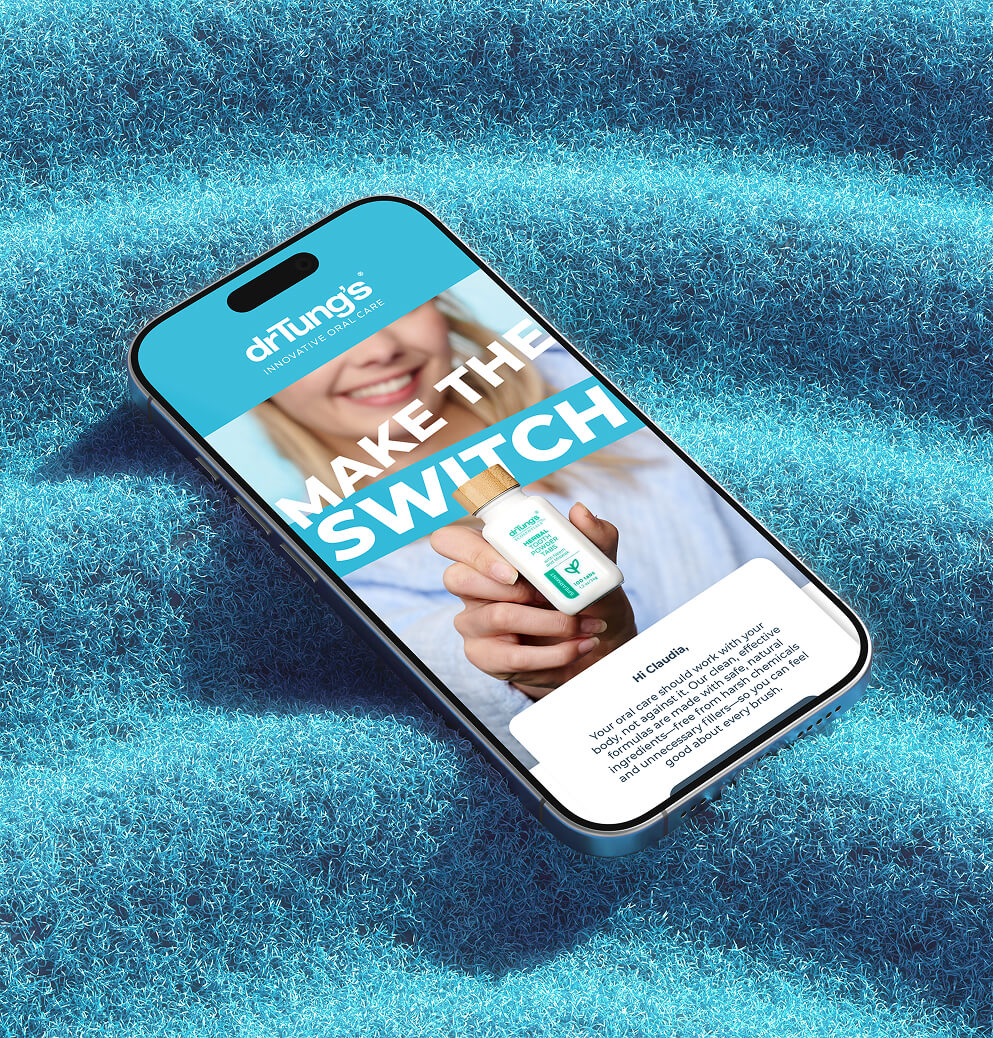

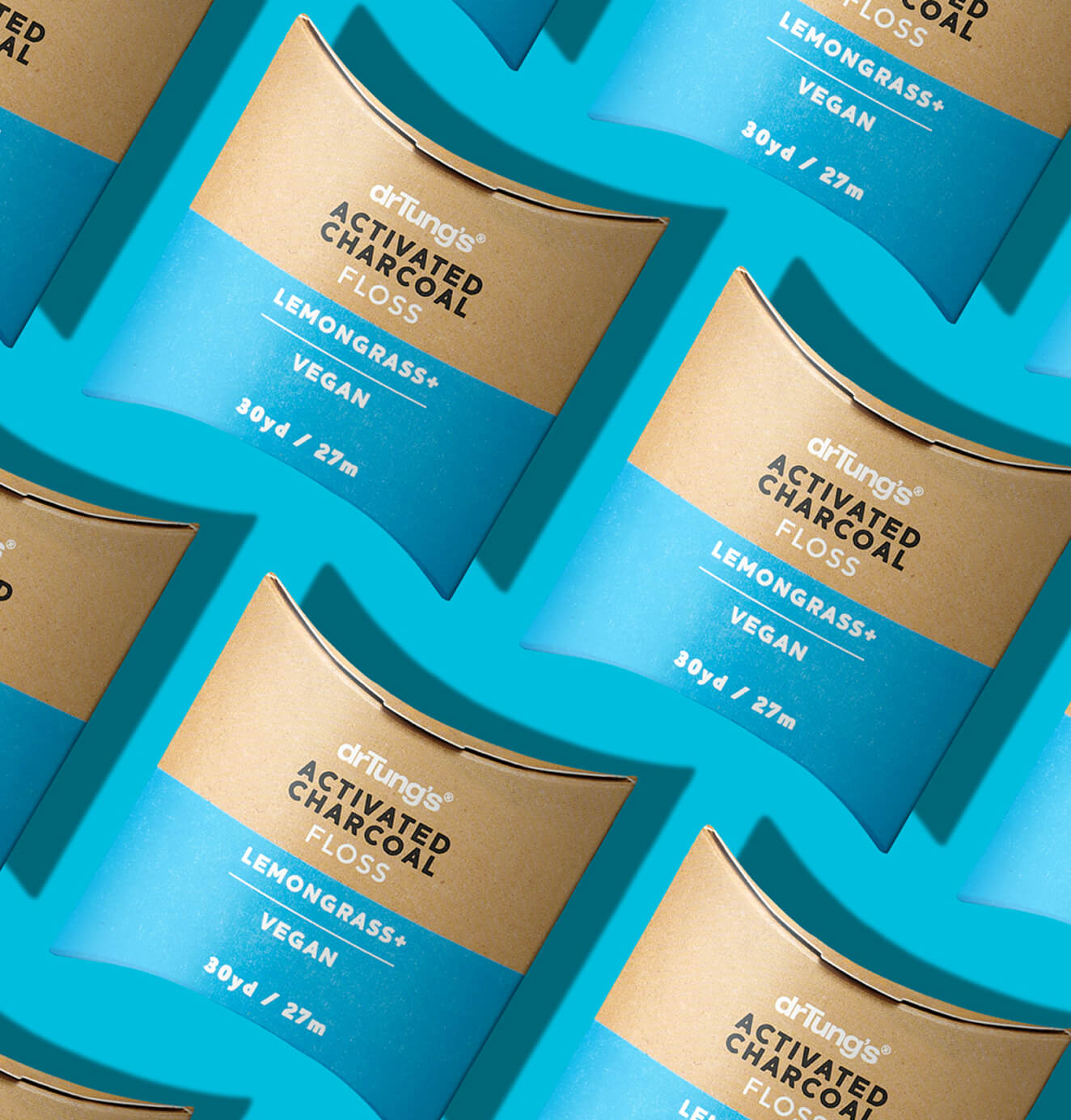




+93%Revenue growth in first 90 days
+144% Increase in attributed revenue








+91%Increase in conversion rate
+46%Increase in AOV

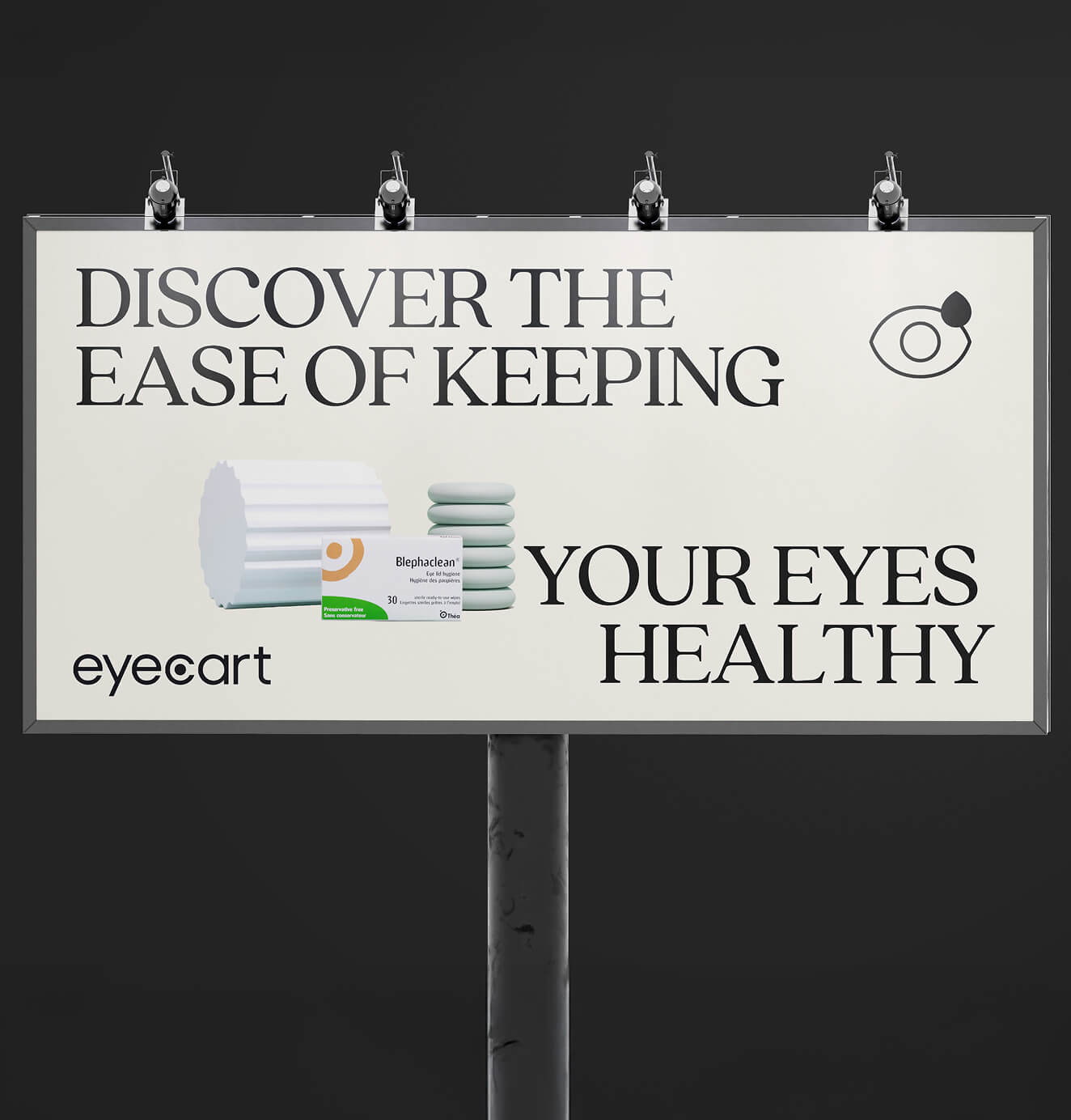
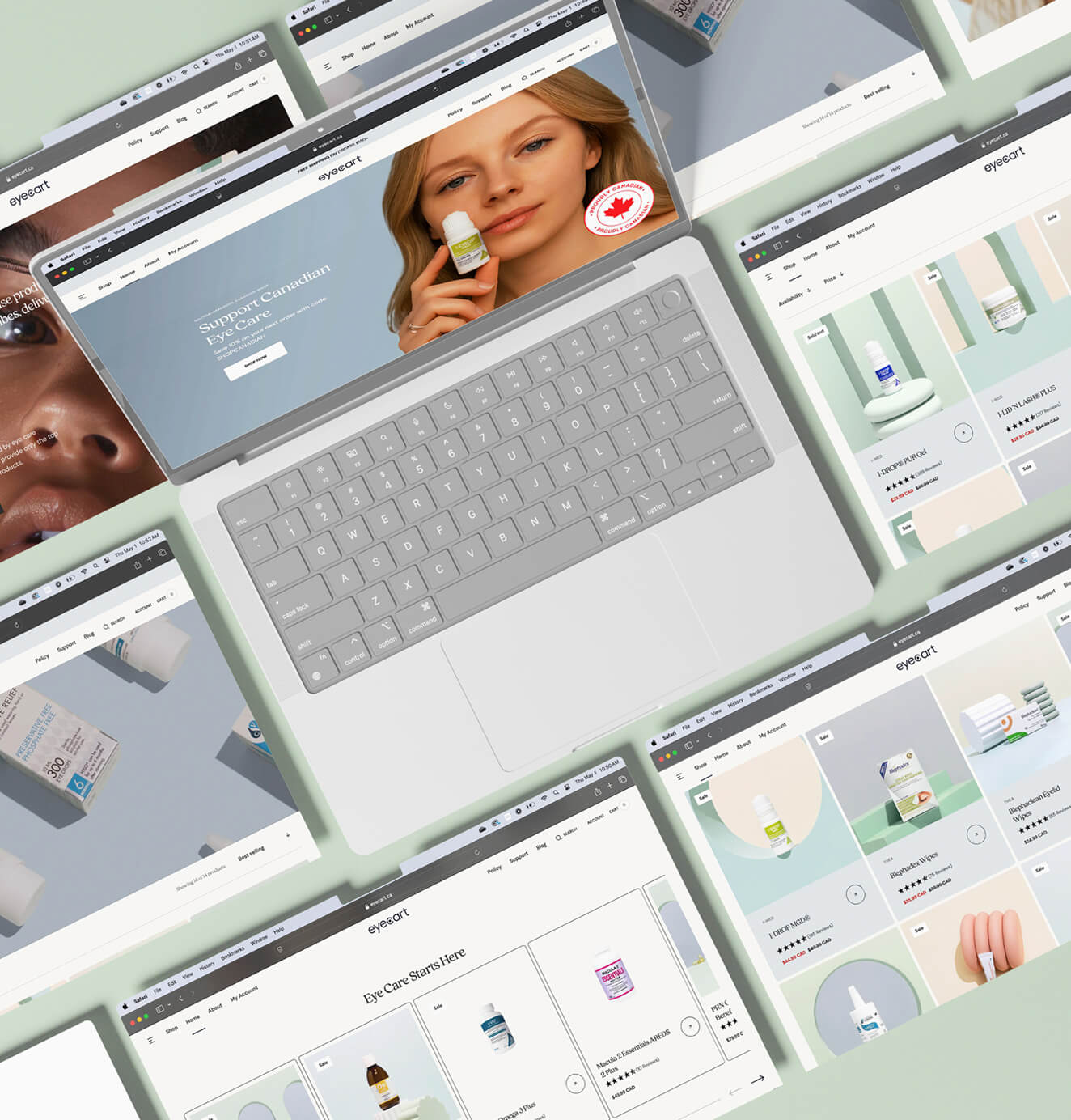





+200%Increase in conversion rate
+688%Increase in attributed revenue

